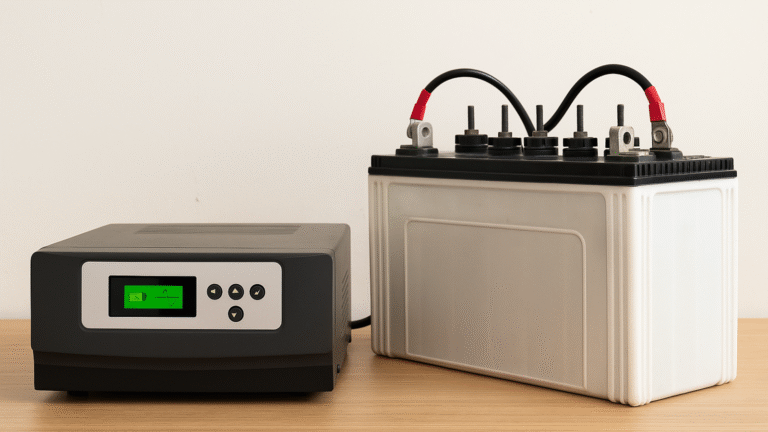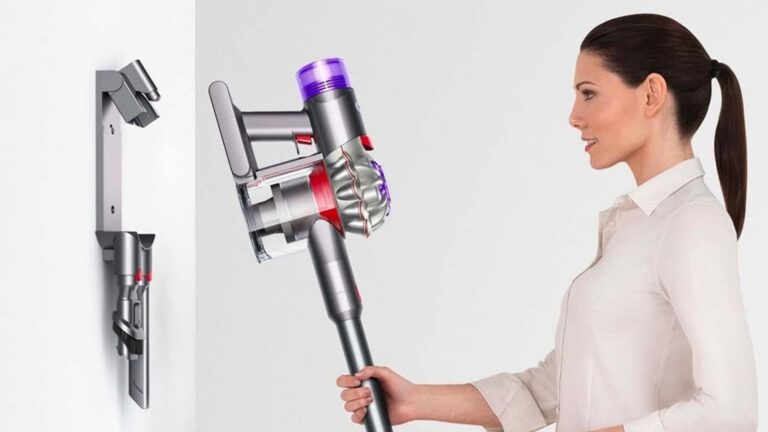A major breakthrough in micro-robotics has emerged from China’s National University of Defense Technology (NUDT), where researchers have introduced a drone no larger than a mosquito.
Designed primarily for stealth military missions, this micro-unmanned aerial vehicle (UAV) was showcased on CCTV 7, China’s national military television channel.
During a televised segment, a student from the institution affiliated with the Central Military Commission displayed the device and explained its intended purpose.
“Here in my hand is a mosquito-like type of robot. Miniature bionic robots like this one are especially suited to information reconnaissance and special missions on the battlefield,” said Liang Hexiang while holding the device between his fingers.
⚡️The Chinese military has shown a microscopic drone the size of a mosquito, — South China Morning Post.
The developers believe that such a drone is almost impossible to notice, so it is ideal for reconnaissance, and a small portable device is enough to control it.
According… pic.twitter.com/iwMoqPsRmh
— Moshiach is near (@laaccionex) June 21, 2025
The drone’s build includes a slender, stick-like central body, flanked by two small, wing-like extensions shaped like leaves. It also features three extremely thin limbs resembling insect legs, contributing to its biomimetic design.
This minuscule UAV is one among several robotic prototypes unveiled by the NUDT, reflecting China’s strategic interest in developing next-generation, biologically inspired machines for use in sensitive operational contexts.
How China’s mosquito-sized drone works
This insect-sized flying robot is part of a broader project at NUDT that includes various robotic systems. The exhibition of innovations included not only insect-scale drones but also humanoid robots, indicating a wide spectrum of research and development.
One version shown during the broadcast was a four-winged drone model that can be operated using a smartphone, signalling an emphasis on field adaptability and user control.
Though tiny in stature, the drone’s internal architecture demands highly sophisticated engineering. Essential systems — such as power units, communication hardware, sensor packages and control electronics — must be incorporated into a space no larger than a small insect.
The assembly of these miniature components involves collaborative work across several disciplines, including microsystems engineering, advanced materials science and bio-inspired design.
These miniature drones are being crafted to undertake reconnaissance and intelligence-gathering tasks in areas where traditional UAVs might be too large or conspicuous.
Their small form factor allows them to blend into the environment, potentially evading detection and functioning as tactical surveillance tools in complex urban or battlefield scenarios.
Apart from this project, Chinese engineers have also developed artillery-launched UAVs, which are engineered to survive intense acceleration and force during launch from 155mm cannon shells.
These devices can withstand pressures up to 3,000 times their own weight, making them robust enough to be deployed in high-impact settings.
How the rest of the world compares
While China’s mosquito-like robot is drawing attention now, several countries have already been exploring and deploying microdrones in military operations.
One of the most prominent examples is Norway’s “Black Hornet,” developed by Teledyne FLIR Defence.
This palm-sized, helicopter-style micro-UAV is currently in service with a number of armed forces around the globe. Its compact structure allows soldiers to use it for close-range surveillance while staying out of sight themselves.
The latest version, the Black Hornet 4, has earned accolades for its upgrades. Teledyne FLIR Defence received the 2025 Blue UAS Refresh award from the US Department of Defence, a recognition granted to advanced unmanned systems, reported Interesting Engineering.
Improvements in this model include longer battery life, better resistance to harsh weather and wind, and increased communication range — challenges that typically confront designers of small drones.
Operated via a small handheld console, the Black Hornet transmits real-time imagery and sensory data, enabling secure situational analysis on the ground.
Harvard University has also entered the field with its RoboBee platform. Initially developed by the Wyss Institute, RoboBee shares many characteristics with the mosquito-sized UAV recently revealed in China.
Some versions of RoboBee are capable of transitioning from aquatic environments to flight, or perching on surfaces using static electricity.
The project aims to produce fully autonomous aerial micro-robots suitable for various applications, from surveillance to environmental assessments.
Meanwhile, the US Air Force disclosed in 2021 that it was developing its own version of tiny drones. However, since the initial announcement, there has been little information released regarding the maturity or field deployment of this technology.
How drones can be used beyond the military
Although current developments in China, the US and Norway display defence-related applications, the potential for microdrones extends well beyond warfare.
In the medical sector, micro- and nano-robotics are being investigated for their utility in minimally invasive procedures, diagnostics, and even surgical tasks.
Researchers envision that future generations of these devices could navigate the human body to deliver drugs or conduct internal imaging with unprecedented precision.
In agriculture, environmental protection, and disaster response, micro-UAVs could be game changers.
Their ability to monitor atmospheric pollution, examine crop health, and access hazardous areas following natural disasters opens up new operational avenues for governments, researchers, and emergency services.
The convergence of biology, robotics, and advanced computing in this sector is enabling the production of increasingly autonomous and intelligent microbots.
Their versatility may revolutionise not just how wars are fought, but how crops are grown, diseases are treated, and ecosystems are monitored.
The future of robotics may not be dominated by large machines but by ones too small to see — hovering in the air, floating in water or even navigating the bloodstream.
Also Watch:
With inputs from agencies



















